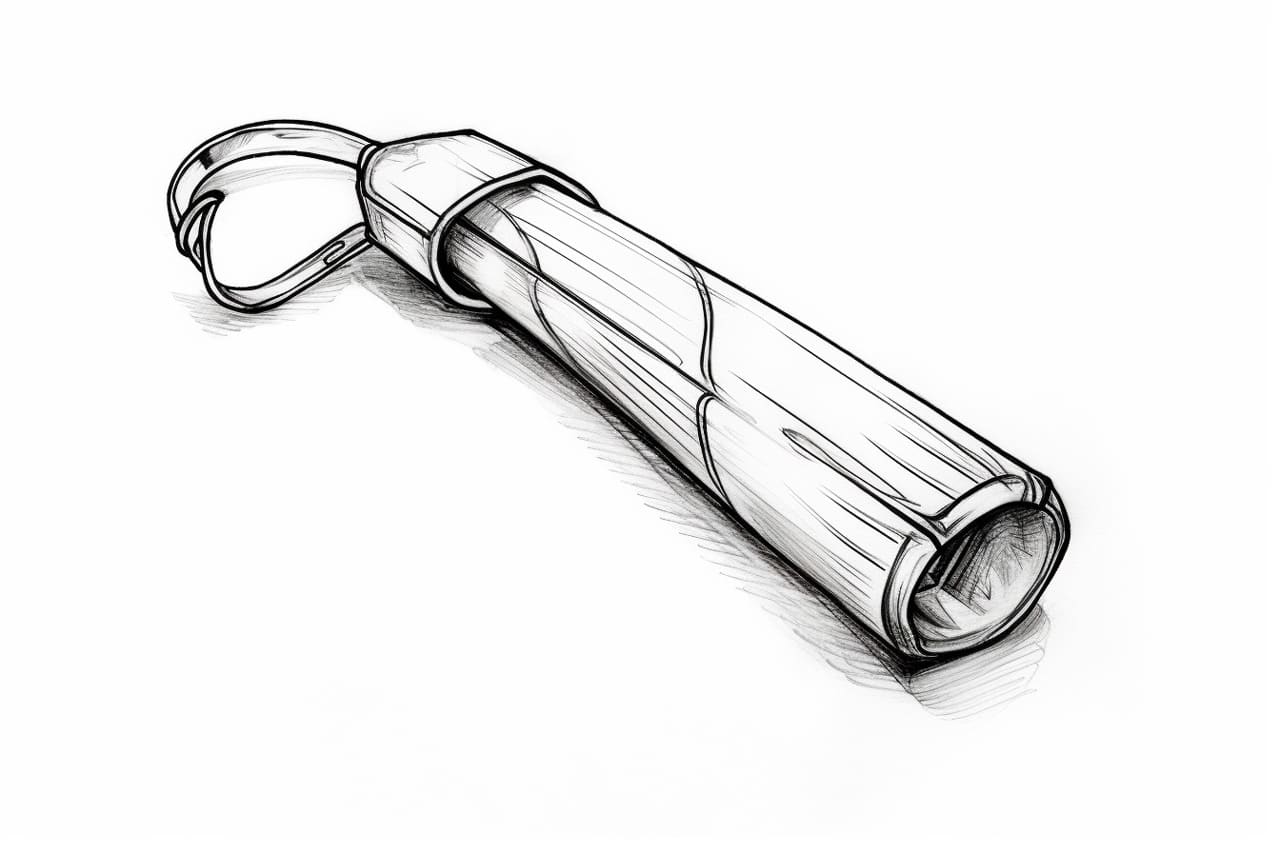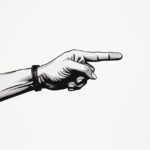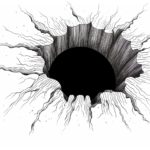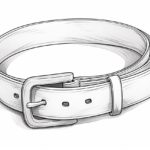Welcome to this step-by-step guide on how to draw a whistle! Whether you are an aspiring artist or just looking for a fun drawing project, this tutorial will help you create a realistic and detailed representation of a whistle. By following these simple instructions, you’ll be able to create a drawing that captures the essence of this popular musical instrument. So grab your materials and let’s get started!
Materials Required
To draw a whistle, you will need the following materials:
- Pencil: A graphite pencil with a medium hardness (HB or 2B) is recommended for this project.
- Eraser: A soft eraser will be handy for correcting and refining your drawing.
- Paper: Use a plain sheet of paper or a sketchbook to draw your whistle.
Now that you have your materials ready, let’s begin the step-by-step process of drawing a whistle!
Step 1: Outline the Basic Shape
Start by lightly sketching a rectangular shape that will serve as the body of the whistle. Ensure that the rectangle is slanted at a slight angle, similar to the shape of an elongated parallelogram.
Step 2: Add the Mouthpiece
Towards the top left corner of the rectangle, draw a smaller rectangular shape. This will be the mouthpiece of the whistle. Make sure it is connected to the main body of the whistle but does not extend beyond the boundaries of the body shape.
Step 3: Create the Blowing Hole
Inside the mouthpiece, draw a small oval shape towards the bottom. This represents the hole where the air is blown into the whistle. Position the hole slightly closer to the bottom edge of the mouthpiece.
Step 4: Define the Finger Holes
Below the mouthpiece, draw three evenly spaced circles along the length of the whistle. These will be the finger holes that are typically found on a whistle. Ensure that the circles are similar in size and are positioned vertically in a neat row.
Step 5: Sketch the Finger Rest
Just above the finger holes, draw a thin rectangular shape that spans the width of the whistle. This is the finger rest, which is a flat surface that provides support for the fingers while playing the whistle.
Step 6: Refine the Body Shape
Clean up your initial sketch by erasing any unnecessary guidelines, such as the rectangle outline that was used as a base for the whistle. Ensure that the body shape is smooth and well-defined.
Step 7: Add Details
To make your whistle drawing more realistic, add some details to the body. Draw a series of horizontal lines across the main body of the whistle to indicate the ridges or grooves found on some whistles. Make sure the lines are evenly spaced and parallel to each other.
Step 8: Shade and Add Dimension
To give your whistle drawing depth and dimension, add some shading. Identify the direction of the light source and shade one side of the whistle slightly darker than the other. Use your pencil to create a gradual transition from light to dark, giving the illusion of three-dimensionality.
Step 9: Refine and Finalize
Take a step back and assess your drawing so far. Make any necessary refinements or adjustments to ensure that the proportions and details are accurate. Use your eraser to clean up any smudges or stray marks.
Conclusion
Congratulations! You have successfully drawn a whistle using this step-by-step guide. By following the instructions provided and practicing your drawing skills, you have created a realistic representation of this popular musical instrument. Remember, drawing is a skill that improves with practice, so don’t be discouraged if your first attempt is not perfect. Keep honing your skills, and experimenting with different techniques, and you will continue to improve as an artist. Happy drawing!









